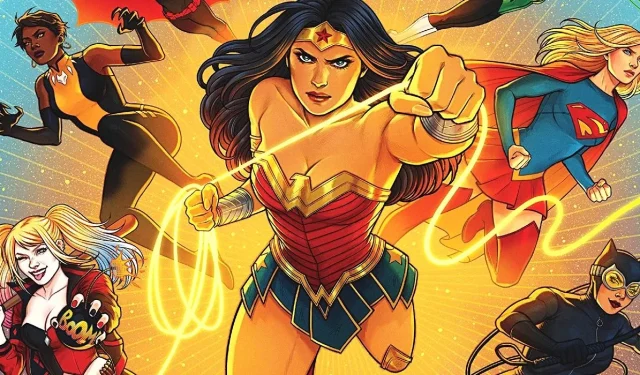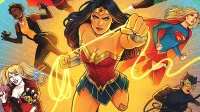In the world of comic book storytelling, Wonder Woman stands out as a beloved character, yet the manner in which she is portrayed can vary significantly depending on the writer’s background. Notably, Gail Simone, a prominent figure in the DC Universe, has articulated her observations on how male and female writers approach this iconic heroine’s narrative.
Gail Simone’s Insights on Male Writers’ Approach to Wonder Woman
Divergent Approaches: Flawless vs. Difficult
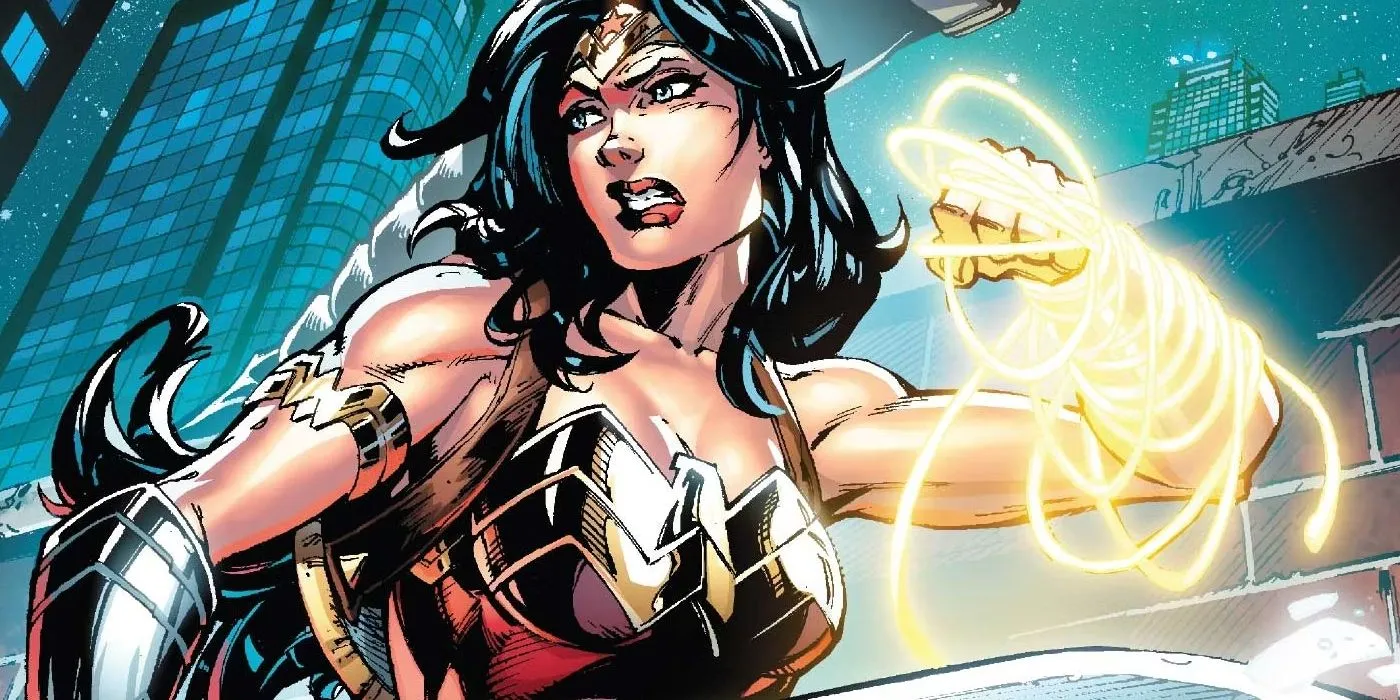
Gail Simone, known for her integral role in the Wonder Woman series from 2008 to 2010, recently shared her perspective on a forum. She remarked that male writers often struggle with portraying Wonder Woman authentically. According to Simone, they tend to oscillate between two extremes: either rendering her as entirely flawless or depicting her as an unlikable character. This binary approach arises from a hesitance to include character flaws for fear of backlash from the audience.
In contrast, Simone observes that female writers engage with Wonder Woman’s character differently, often embracing her imperfections. They seem more comfortable illustrating Diana’s humanity, which includes exploring her flaws and vulnerabilities without the worry of igniting controversy.
Simone acknowledges that this phenomenon is not exclusive to inexperienced authors; established writers frequently fall into the trap of portraying Wonder Woman as an “ice queen.” This tendency to shy away from showcasing her fallibility reflects a concern that doing so could alienate her fanbase. However, female writers evidently possess a certain license to explore these dimensions, which can lead to richer storytelling.
Ultimately, the core of Simone’s insight revolves around an emotional connection to the character. She passionately expresses her love for Wonder Woman, emphasizing the importance of balancing her limitless compassion with her capacity for rage when circumstances demand it.
Examining the Role of Gender in Wonder Woman’s Narrative
Do Gender Dynamics Influence Diana’s Narrative?
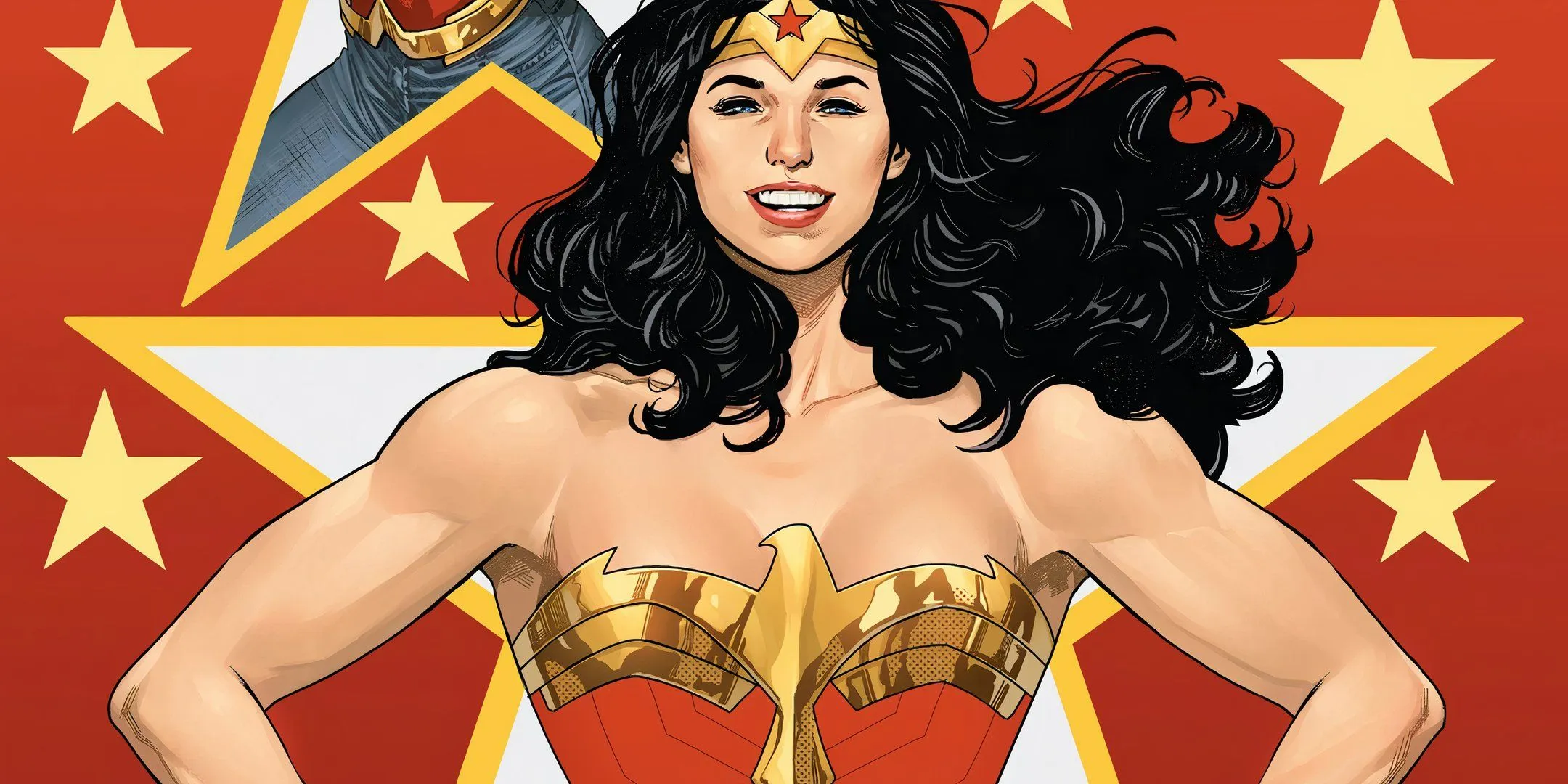
Interestingly, Wonder Woman was birthed from an all-male creative team, with William Moulton Marston drawing inspiration from his wife. Even in her inception, she embodied complexity, featuring traits such as impulsiveness and determination. It’s notable that Wonder Woman’s Golden Age comics achieved enormous popularity, outpacing even Superman’s sales.
Simone’s observations suggest that male writers, often hindered by the fear of criticism, may resort to safer portrayals of Wonder Woman. This tendency to maintain her ‘flawless’ image can result in narratives that, while respectful, may lack the depth that readers crave. Conversely, female writers tend to approach the character with a boldness that allows for richer and more engaging storytelling possibilities.
Embracing Imperfections: A Universal Perspective for Writers
Flaws Enhance the Depth of Heroes
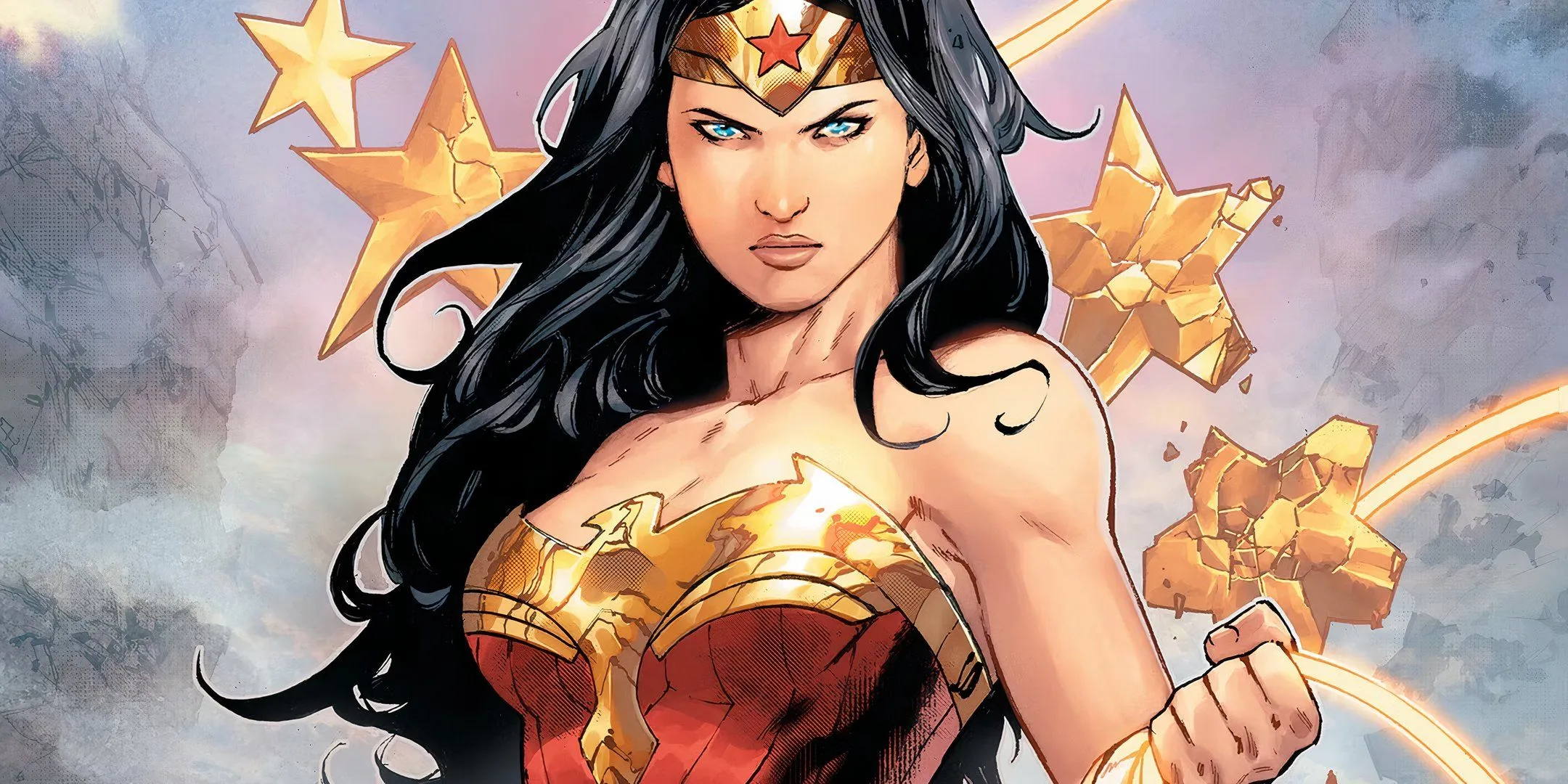
No hero is without flaws, and the character of Wonder Woman is no exception. It is essential for both readers and writers to accept that exploring her imperfections enriches her narrative rather than detracts from it. While some writers may struggle to navigate this complexity, all creators, regardless of gender, should feel empowered to offer their unique interpretations and adventures for Wonder Woman.
Ultimately, what resonates most with audiences is whether a writer genuinely understands and appreciates Wonder Woman. In the end, it is this connection that enables compelling stories to unfold.
